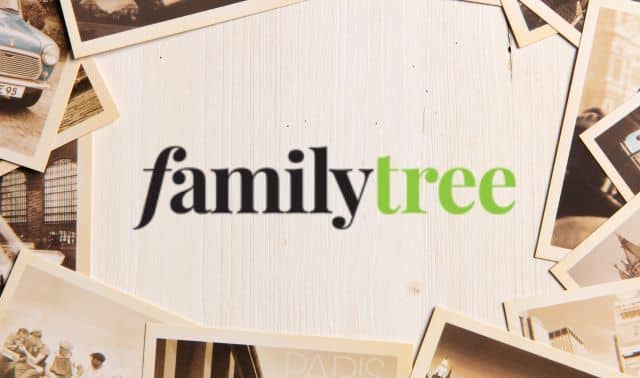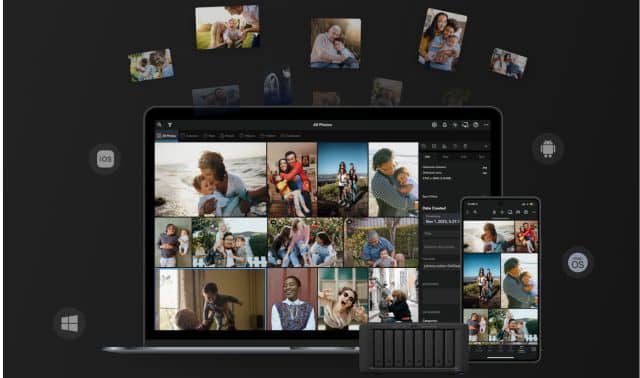Sign up for the Family Tree Newsletter Plus, you’ll receive our 10 Essential Genealogy Research Forms PDF as a special thank you!
Get Your Free Genealogy Forms
"*" indicates required fields
Yesterday’s New York Times featured an article, Guardians Of Their Smiles, on the uses and abuses of photo sites. In it, a woman had posted baby pictures to Flickr without using the privacy settings, and later discovered that someone had used her daughter’s pictures on a social networking site in Brazil.
The article mentioned several other examples, including a father who posted a video of a school play on a video site. Parents of the other kids complained and demanded he take it down.
So here’s the question: “How do you safeguard your online photo identity?”
- Start by reading the fine print before clicking the “I Agree” box for any website. You might be allowing others to copy and use your family photographs. Sure, sites like the Library of Congress use Flickr to promote their photo collections, but those images are in the public domain.
- Use privacy settings. You can disable those public features on popular sites by finding their privacy controls and activating them. On YouTube, you can privately share videos or prevent downloading/sharing online.
- If you want to publish photos of an event, either have folks sign a model release that states how and where you’ll publish those images, or don’t show faces. A few months ago, I gave a workshop for kids and I really wanted to show off their genealogy artwork in my e-newsletter. Since I didn’t want to use their faces, I had the kids hold up their projects in front of their faces. I used the picture, but didn’t name the kids. Basically, don’t use images without permission.
- Watch for right-click copying. You can copy all kinds of things on the web by right-clicking with your mouse (control-clicking on a Mac). Should you? No. It’s a ethical thing. I use a photo site that allows me to turn off the right-click option. Family members can order prints if they want to, but not copy the images. You also can put a watermark on images to discourage usage. It’s an option in many types of photo editing software, that’s what many photo stock houses do.
- Don’t put high-resolution images online. For online use, you don’t need to use an image at more than 72 dpi. This doesn’t prevent online copying, but at that resolution, print quality is awful.
The New York Times article was a cautionary tale for anyone posting images online. You can sound off in the comment section below or on the Photo Detective Forum.
ADVERTISEMENT




